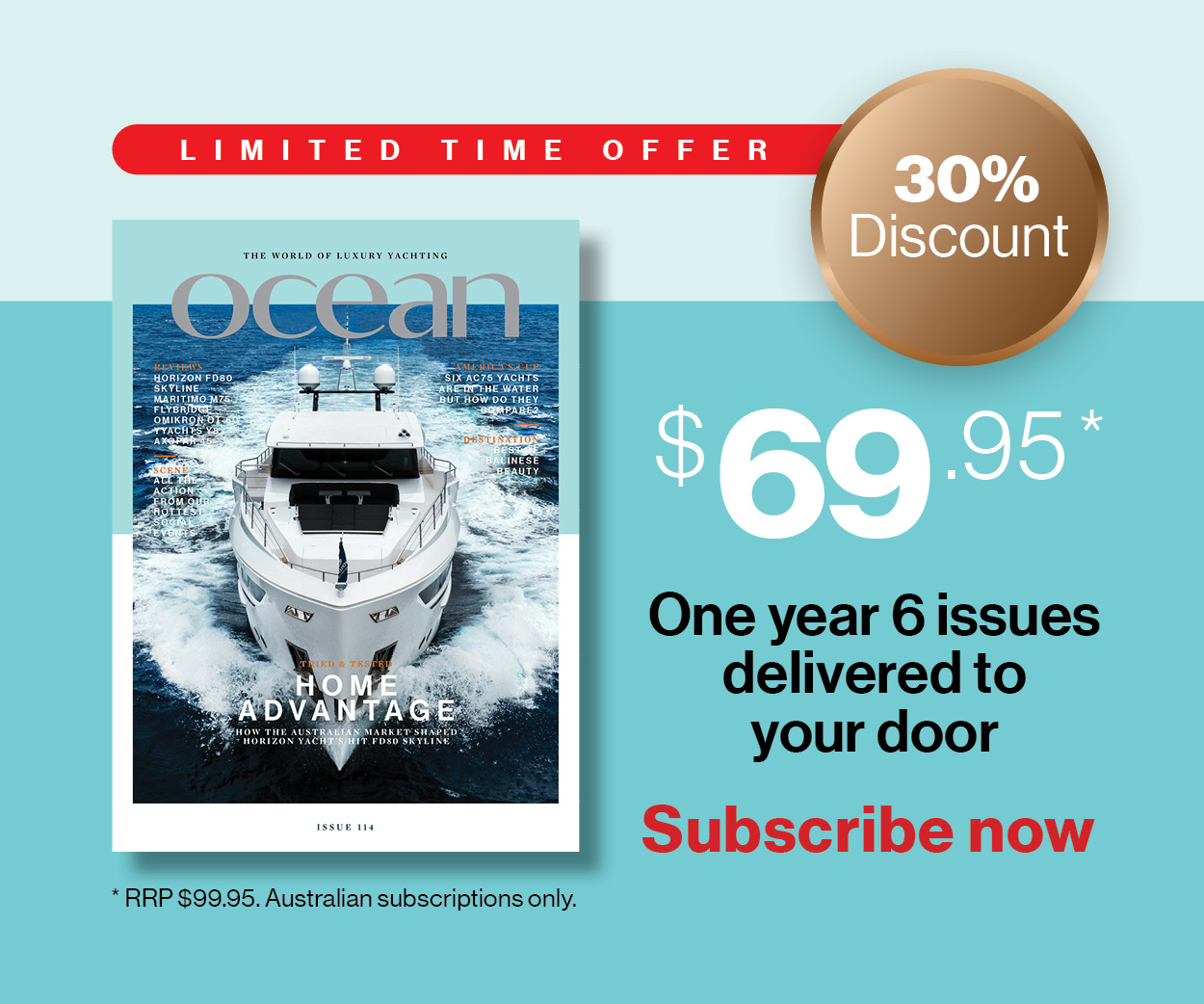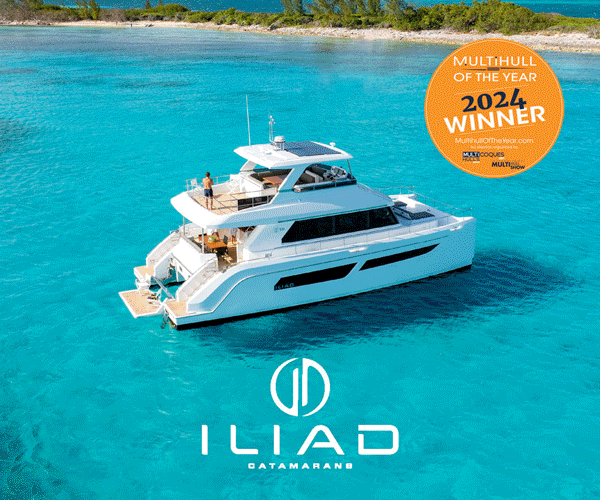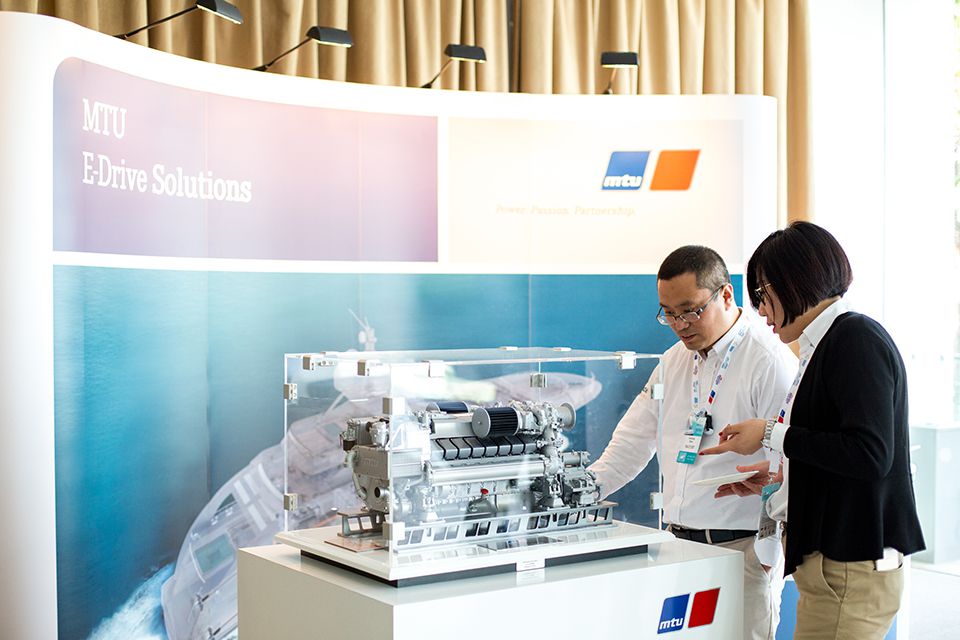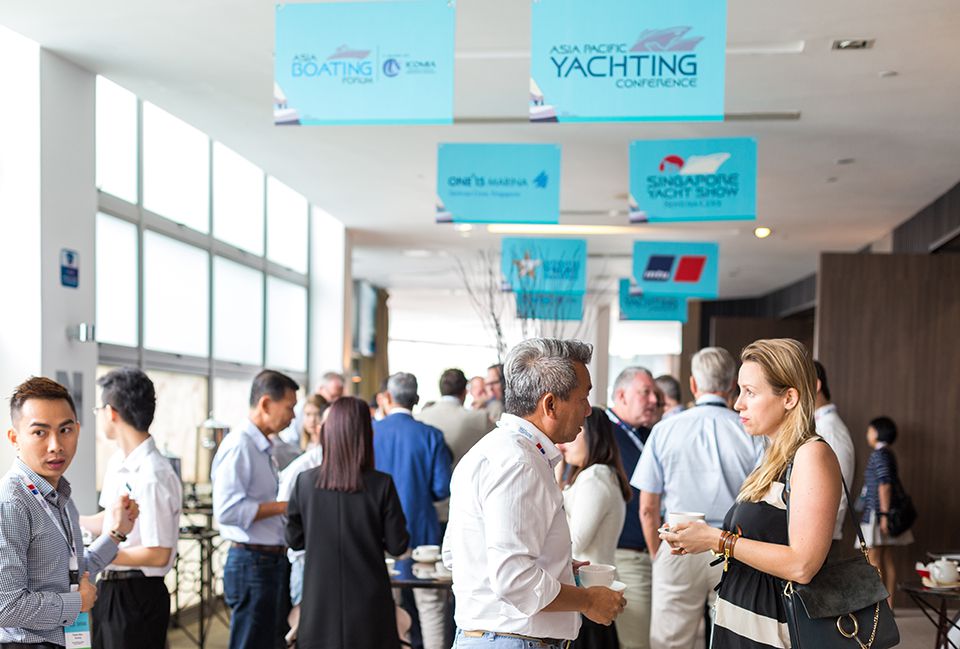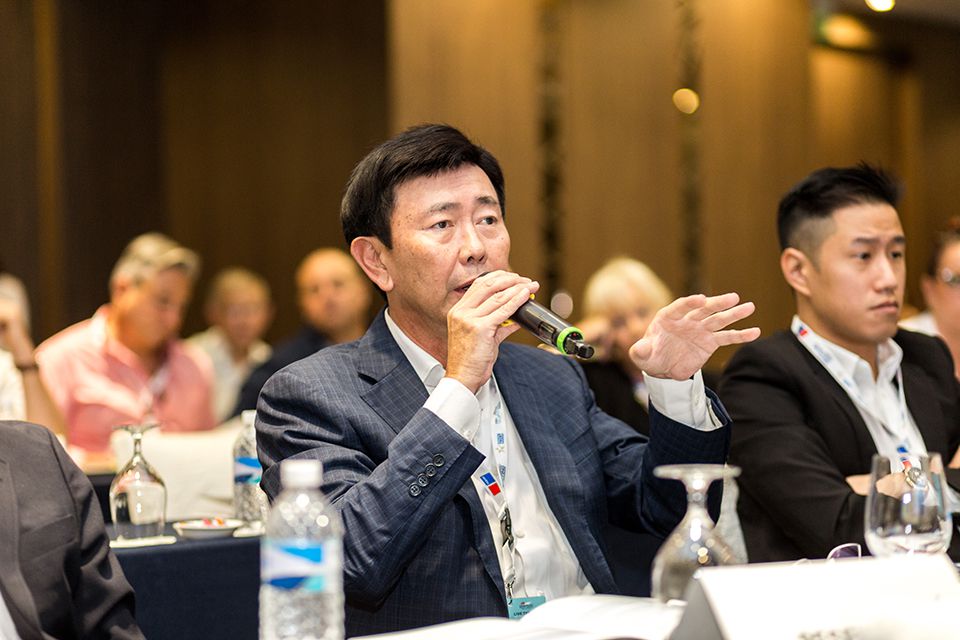Nautical diplomacy
The 9th Asia Pacific Yachting Conference pursues increased regional cooperation to promote marine tourism in the region.
07 April 2017
Over 160 Marine Industry professionals have gathered for the 9th Asia Pacific Yachting Conference at One*15 Marina, Singapore. The theme for this years summit is “towards increased regional cooperation to promote marine tourism in the Asia Pacific” and highlights the need for integration between ASEAN countries to grow boating in the region.
Conference chairman and chairman of The Superyacht Group, Martin Redman, delivered the keynote, emphasising Asia’s potential but also cautioning that increases in regional wealth do not automatically translate into an expanded boat industry. “With only 5,000 superyachts in the world, it is a relatively small market, but it can be a significant wealth generator in its own right. The more the governments can do to encourage superyachts coming into the region, the bigger the economic benefits will be.”
The emphasis here was on strategy: particularly for integrating new yacht owners or new visitors to the Asia Pacific region into the fold, as a negative experience may have flow-on effects for boating in the region. It remained an open question as to how this new audience in Asia should be engaged, and how to make their experience of yachting a positive experience.
A Landmark Destination
Subsequently, a group of speakers from Tahiti and Indonesia presented on how their countries are embracing the tourism opportunities represented by boating. Manoa Rey and Vaihere Lissant of Tahiti Tourisme spoken on encouraging superyachts to visit and their strategy of actively targeting yacht owners, captains and charter brokers. By introducing simplified clearance procedures, charter operations in the region are encouraged. Again, they emphasized the need for education: that by targeting local corporations and communities regarding the economic benefits of superyachts, they will be more amenable to welcoming them.
Cooperating with governments
The Indonesian government is also keen to encourage development of the upper end of the leisure marine industry. Prof Dr Indroyono Soesilo highlighted the maritime biodiversity of Indonesia that makes the country such a perfect boating destination, and although there is some lag between government policy and implementation, a number of sailing initiatives have been developed to bring yachts to the region. Indonesia has been concentrating on attracting cruise ship custom of late, and anticipates being able to convert the experience into further welcoming private vessels and superyachts. An extensive programme of sailing rallies over the years with culminate in the presentation of Sail Sabang 2017.
Another panel, titled ‘progress updates in the Asia Pacific region’, was hosted by Nigel Beatty (Japan), Andy Shorten (Indonesia), Rico Stapel (Thailand) and Ruurd Van Putten (Vietnam), drawing the conclusion that Asian policymakers need to work between countries to facilitate longer charters.
“It is about longer distances and an ‘unsupported’ adventure,” noted Andy Shorten of The Lighthouse Consultancy.
In Thailand, visiting boats are getting bigger, and the charters are getting longer. The Thailand Charter Licence story has progressed, but is not yet entirely resolved despite the best efforts of the Thai Marine Business Association and strong support from the Ministry of Transport and Marine Dept. Details lying with the Revenue and Immigration Departments remain to be resolved.
Other panels
In the “designing yachts for a new generation of cruising in Asia” panel, the idea of a ‘standard’ model superyacht, one which is privately owned and accommodates 12 guests, was interrogated. Do customers want a bigger corporate entertainment platform? Perhaps breaking this impasse, M/Y Charlie, a 46 metre superyacht on display at the Singapore Yacht Show, is designed for both corporate entertainment and adventure cruising. The Sovren House Group, which has formed the Maha Yacht Club, that combines luxury of a Feadship fleet with 5-star hotel management, all run under a ‘membership’ platform.
The “Cleaning up Asian Waters” panel discussion looked at how ASEAN government initiatives are making progress on the thorny subject of marine pollution. Internationally recognised conservationist David Jones (Plastic Ocean Foundation) talked about the business models associated with sustainability. Magafir Ali (Community Campaigner, Banda) showed how communities in Indonesia are actively supporting the clean up process, and Zara Tremlett (Phuket Yacht Haven) addressed environmental issues facing marinas.
Closing the day was a discussion on “How Asia can learn from the Mediterranean”. Industry specialist Ken Hickling (Sherpa 63), John Leonida (Clyde & Co), Oscar Siches (Marina Consultant) and Stephen White (Sovren House Group) offered insights into the homogeneity of organisation in the Mediterranean that is a long way away from the fragmented collection of regulations that face would-be Asian superyacht visitors. Once again, co-ordination is something that needs to be addressed – not everywhere needs to be a ‘hub’ – there is a simplicity to be gained from specialising a little and being a ‘satellite’ destination, where another location becomes the hub. Mediterranean superyacht cruising is based on cultural history, a huge volume of traffic, short distances port-to-port, and a clearly defined ‘season’. This model hardly applies in Asia, and therefore lessons to be transferred must be carefully scrutinised.
After a day ‘in conference’, delegates were happy to gather for cocktails on the roof terrace of ONE*15 marina and enjoy the views of the Singapore Yacht Show.


